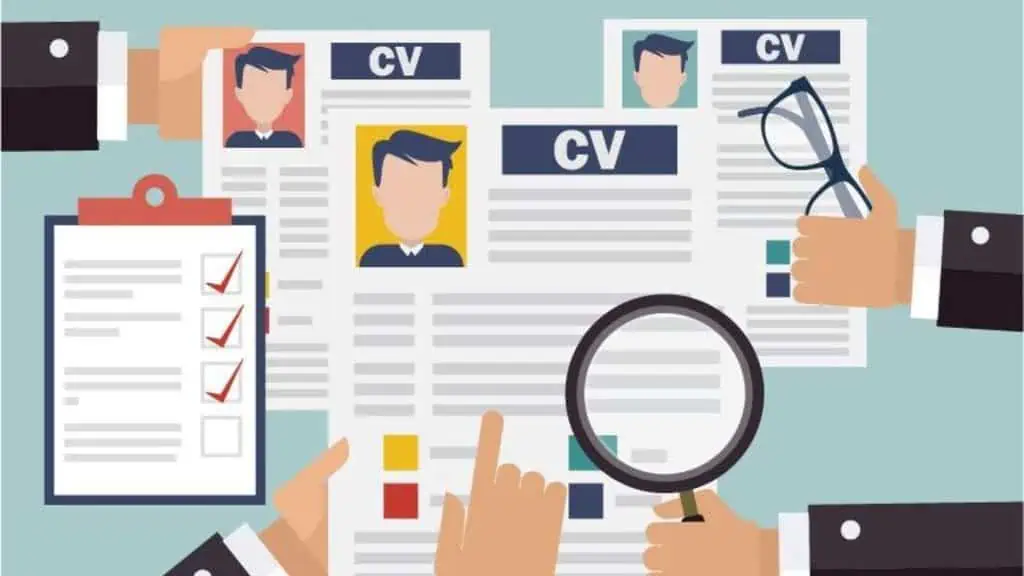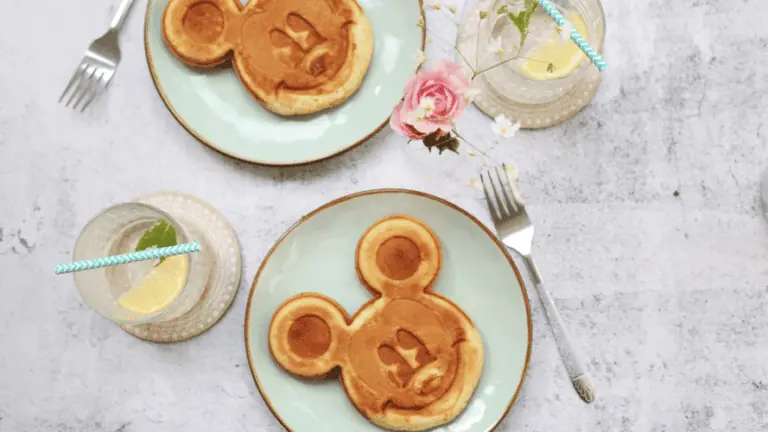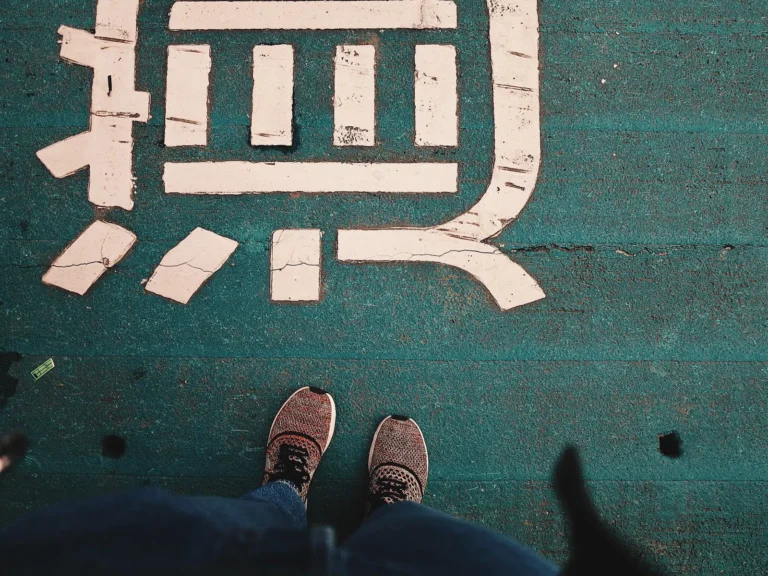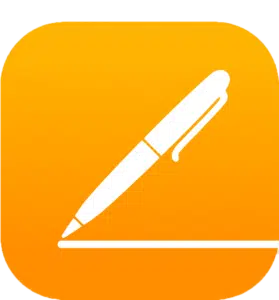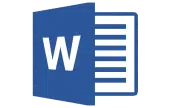When crafting a resume, you may feel confused about how to order and organize the information. Does it even matter?
Choosing a resume layout and format is more important than you think, and a good be the difference between landing the job and being ignored.
This article will answer all your resume layout questions and offer other common resume tips. Keep reading to learn how to lay out your resume like a pro.
Why Is Resume Layout Important?
You may wonder why the formatting and layout of your resume matter. After all, won’t they read everything despite the order or format?
Unfortunately, no. There’s a high chance they will not read your resume if you select a poor format. Read more about why resume layouts are crucial below.
1. Highlights the Important Parts
Employers looking to hire may read hundreds of resumes a day, meaning they probably skim them. When laying out your resume, you want the most important and impressive information to be the first thing they read.
If you bury the lead, you may miss opportunities, so place the most meaningful in the top half of the resume.
2. Gets the Reader’s Attention
As mentioned, employers may look at hundreds of resumes, so a distinct and professional layout can make you stand out from other applicants.
Putting the most impressive information first is one way to grab their attention, but unique layouts or accent colors can also boost your chances of getting noticed.
3. Shows Your Professionalism
A messy or nonsensical resume could lose you the job, even if you’re the most qualified candidate. A professional-looking resume shows the employer you’re serious and act professionally.
Your resume is your first impression with an employer, and a sloppy or disorganized layout shows a lack of care or interest.
4. Makes a First Impression
Again, your resume is your first impression! You may think your first impression is when you shake their hands or meet them face to face, but employers will form their first opinion of you by reading your resume.
A thoughtful layout creates a positive first impression and makes you seem like a strong candidate, even if you’re underqualified.
Which Format Do Most Employers Prefer for Resumes?
All employers have different preferences, but most hiring managers and bosses prefer the reverse-chronological layout because it’s straightforward.
Other resume layouts position information strategically, but chronological resumes are more standard and easy for employers.
What Is the Proper Layout for a Resume?
As mentioned above, employers prefer chronological resumes, but you have other options. Combination and functional resume layouts are also widely used, which you can learn more about in the sections later in this article.
Getting into the nitty-gritty, the proper layout for a resume will have a font between size 10 and 12, 0.5 to 1-inch margins, black lettering, and thoughtful use of bolding or italics.
How Many Pages Should My Resume Be?
Your resume should be one page. Yes, good resumes can be more or less than a page, but one full page is the standard and the cleanest layout. To achieve a one-page resume, you may adjust the font size, margins, or overall look so everything fits neatly.
Which Format Do Most Employers Prefer for Resumes?
Employers prefer reverse-chronological layouts because they’re easy to digest and skim. You have other options, but reverse-chronological is the most preferred. However, it’s worth noting that many employers strongly dislike the functional format, so if that’s what you use, reconsider.
Why do they dislike functional resumes? Because they imply the candidate is trying to hide or detract attention from something and can raise red flags, even if the employer doesn’t know exactly what those red flags are.
How to Find a Resume Layout Free
Building a resume from scratch can be daunting, but you can utilize many free resources to help you, such as resume templates or resume builders. A simple Google search can help you find stellar templates and free resume builders!
Resume Templates Free Download
If you want to download a free template, there are various types of resumes you can choose from. You can find free templates in programs like Pages, Microsoft Word, and Google Docs.
These templates come with all the proper formatting and sections, so all you need to do is fill in the blanks with your information! These templates can help you save time and ensure your resume looks professional.
Resume Layout Download
Resume writing services may offer layout options when building your resume for you. Resume layouts and templates are pretty similar, and the only difference is the layout download may not include the detailed formatting you get with a resume template.
You can find resume layouts in the same places as resume templates, and they’re a fantastic jumping-off point when crafting a resume.
Resume Layout Examples
There are hundreds of resume layout options, but most boil down to one of the three categories discussed below. Chronological, functional, and combination layouts are the most common varieties of resume layouts, and you can read more about each of them below.
1. Chronological
The chronological resume layout is one of the most straightforward options, as you list all your achievements, experience, and education in order of their happenings.
It’s the ideal layout for candidates applying to jobs similar to their previous positions, students, entry-level applicants, and academic resumes, also known as CVs (Curriculum Vitae). The layout works as follows:
- Contact Information
- Summary or Objective
- Work Experience
- Education
- Certifications and Licenses
- Skills
- Additional Info
2. Functional
A functional layout is more about showcasing the information most likely to land you the job. It’s suitable for creatives, military workers, and overqualified candidates.
Essentially, it highlights your skills and objective ahead of your experience and education, as you’ll see below:
- Contact Information
- Resume Objective
- Skills
- Work Experience
- Education
- Certifications and Licenses
3. Combination
The last standard format for a resume is the combination layout. The combination layout, as the name implies, combines the tactics used in functional and chronological resumes.
Instead of focusing on skills or experience, it ties both aspects of your resume together, creating a compelling application. It’s best for experienced professionals, people changing careers, and those with substantial employment gaps. Combination layouts work as follows:
- Contact Information
- Skills Summary
- Additional Skills
- Experience
- Education
- Certifications and Licenses
Frequently Asked Questions
Below are a couple of commonly asked questions about resume layouts.
Is it okay to have a 2-page resume?
You can have a two-page resume if you feel it’s necessary, and most employers will not hold it against you. However, one-page resumes are visually more appealing and easier to absorb. If your resume is one page and a few lines, cut it down. It should be at least 1.5 pages.
How far back should a resume go?
It depends on your work history and its relevance to the position, but resumes can showcase experience as far back as 15 years ago. Use your best judgment to determine what work experience is beneficial and what is unnecessary.
Wrapping Up
When in doubt, a one-page reverse-chronological resume is the way to go. Some employers may not care about an unorthodox layout or long resume, but others may be fussy about it and disqualify you entirely because of a funky layout.
Remember, keep your resume as professional-looking and concise as possible, and don’t forget to proofread.
If you have any questions, please feel free to leave a comment below!
